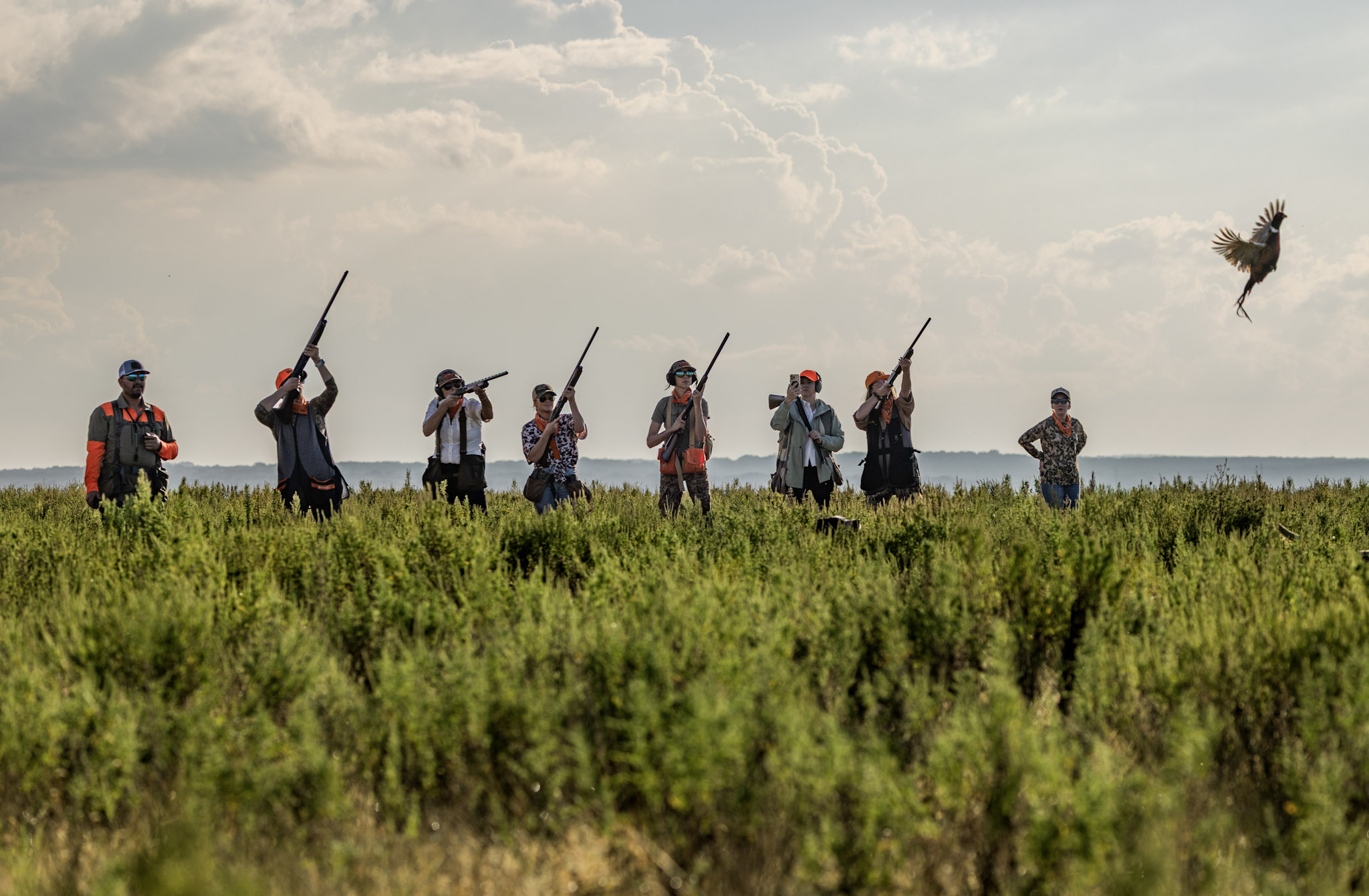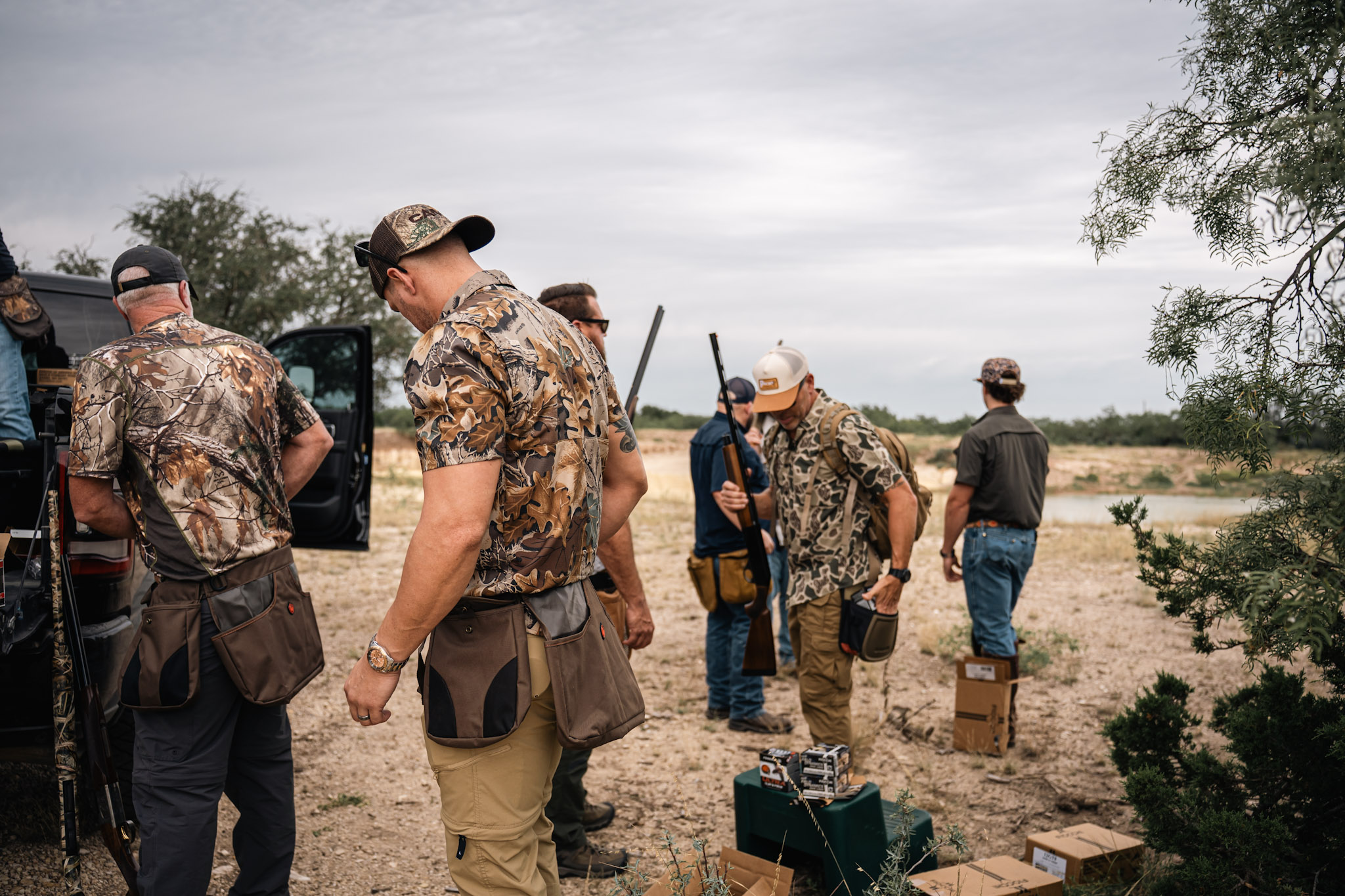Mastering the Strip Set: Hooking Saltwater Game Fish

Mastering the Strip Set: Hooking Saltwater Game Fish
Many BirdDog clients come to us with years of freshwater fly fishing experience—and when they decide to chase saltwater species like redfish, snook, or tarpon, we’re right there to help them make that leap. One of the most important skills to learn on that journey? Mastering the strip set. It’s not just a technique change—it’s a mindset shift.
If you're coming from trout water, here's the hard truth: your reflex to “trout set” (lifting the rod tip) will cost you fish in the salt. You might get away with it once or twice, but more often, you’ll just pull the fly out of the fish’s mouth without ever getting a hook in.

Why Strip Set?
Saltwater game fish are built differently. Redfish, snook, and tarpon have hard, bony mouths designed to crush crabs, baitfish, and shrimp. A soft set won't do anything. You need direct power to drive the hook in—and that means setting with your line, not your rod.
When you lift the rod to set the hook (like you would on a trout), you create an angle that pulls the fly away from the fish instead of into it. In saltwater, everything needs to stay straight and tight until you feel that hook bury deep.
How to Strip Set Like a Pro
- Point the rod straight at the fish
Always retrieve with your rod tip low and aimed at your fly. That keeps your connection direct and avoids slack. - Feel the eat
You’ll often feel a thump, a stop, or see a visual eat. When it happens, don’t lift the rod—pull back hard on the line with your stripping hand. - Drive the hook
This needs to be a solid, deliberate strip—think of it as punching the hook home. Keep your rod tip down and line tight through the motion. - Then lift
Once the hook is buried and the fish is moving, you can lift the rod to fight. Not before.
Common Mistakes to Avoid
- Setting too early: Wait until you feel tension. Don’t set just because you think the fish ate.
- Slack in the line: This kills your connection. Strip in slack during your retrieve so you're always ready.
- Half-hearted strip: Go all in. A weak strip won’t set a hook in a redfish, let alone a tarpon.
Practice Matters
Before you step onto the flats, practice strip setting on land or in the yard. Simulate casts, visualize eats, and get used to the motion. Repetition builds muscle memory, so when the moment comes—and it will come—you won’t hesitate.
You want your reaction to be automatic. Strip. Set. Fight.
Final Word: You’re Not Setting. You’re Driving.
In saltwater fly fishing, the strip set isn’t just a technique—it’s the difference between landing your fish of a lifetime and watching it swim away unhooked. At BirdDog, we’ll walk you through it on the water, coach you through your first eats, and celebrate when it finally clicks.
So leave the trout set at home. Bring your A-game. And get ready to drive that hook like you mean it.
Test our you strip set on one of our upcoming BIRDDOG FISHING TRIPS HERE.
Read More...

When it comes to private land hunting in Texas and beyond, access is a privilege—not a right. More hunters are realizing that private property hunts offer the best game quality, land management, and experience available. But as access grows, so does the need for responsible hunting etiquette.Whether you’re heading out on a BirdDog-arranged lease or invited by a private landowner, how you behave in the field can determine whether you’ll be invited back—or not.

When fall arrives on the Texas coast, everything changes—cooler temperatures, cleaner tides, lower fishing pressure, and a massive push of baitfish flooding the bays. For saltwater anglers, it’s one of the most productive seasons of the year. Whether you're wading shallow flats, drifting open bays, or booking a guided trip through BirdDog, fall fishing in Texas is as good as it gets.Below are the top inshore saltwater species to target this fall and the gear, tactics, and locations that consistently produce.

When it comes to planning your next hunting season, one of the first big decisions is whether to pursue a hunting lease or book a guided hunt. Both offer incredible opportunities, but the right choice depends on your goals, experience, and budget. At BirdDog, we help hunters and landowners connect to ensure every trip—whether self-guided or fully outfitted—delivers maximum value.



